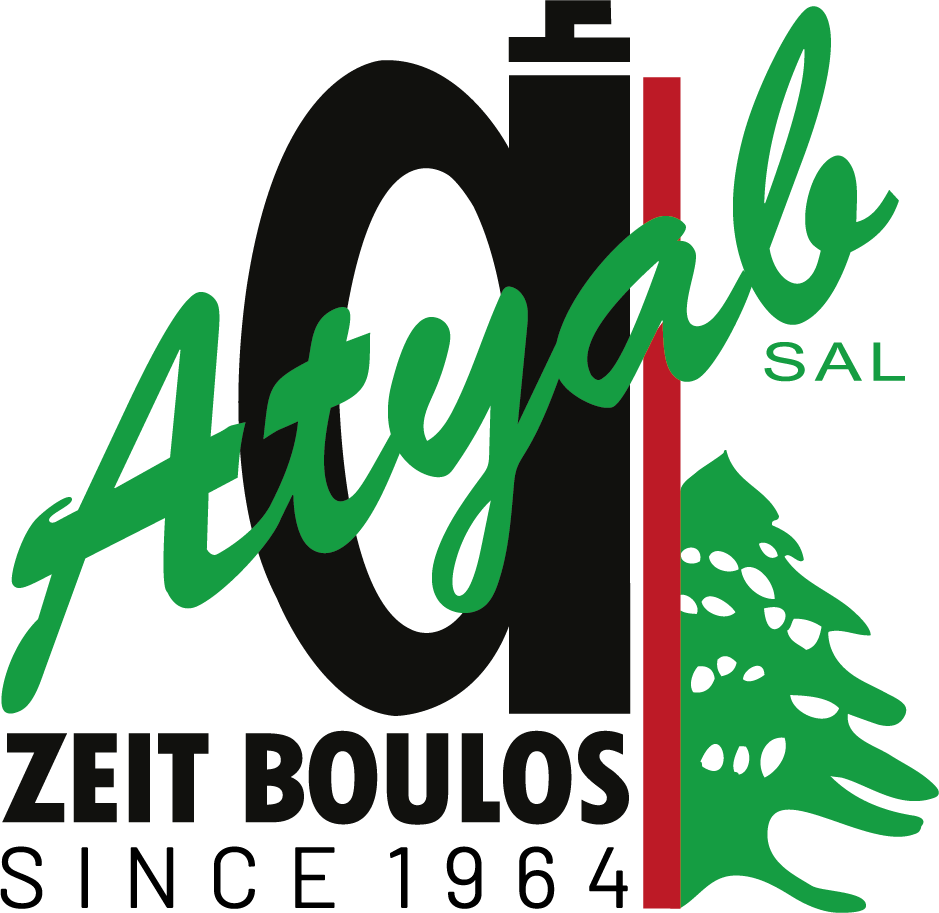What are the classification of “olive oil” available for consumers in the market, and what is the characteristics of each type (extra-virgin, pure or simply olive oil, refined, pomace,…)?
According to the EU & the International Olive Oil Council (regulation EC1989/2003 and Rev, CIO/T.15/NC No/Rev.1.203), olive oil is classified as the bellowing:
- Virgin Olive Oil : Cold extraction by physical means, which can be further divided into:
- Extra-virgin olive oil: acidity no more than 0.8%… Is has a bright golden color, fresh fruity amora, slight bitter and spicy taste, somehow strong olive flavor and aroma, and is rich in unsaturated fatty and linoleic acid, as well as olive polyphenol with antioxidant effects… This is the best quality olive oil to be consumed.
- Virgin Olive Oil: acidity lower than 2%, in accordance with regular food standards, but the purity is much less than the extra virgin olive oil.
- Lampante virgin olive oil: acidity over 2%, cannot be eaten directly, mainly used for refining, soap industry, or other purposes.
- Refined Olive Oil: Oil through the refining process, by chemical means.
- Pure olive oil (or blended olive oil), or just olive oil: a mixture produced from refined olive oil and other virgin or extra-virgin olive oil (except of lampante virgin oil)… Acidity less than 1%, smooth and sweet taste. Popular for consumption.
- Olive-Pomace Oil: Oil extracted from the residue of the olives after being pressed.
- Crude or untreated pomace-olive oil: cannot be eaten and can be used for cosmetic or industry-specific.
- Refined Olive-Pomace Oil: Olive-Pomace Oil through the refining process, by chemical means.
- Pure Olive-Pomace Oil: a mixture produced from refined olive-pomace oil and other virgin olive oil (except of lampante virgin oil)… This is the lower quality for edible consumption.
